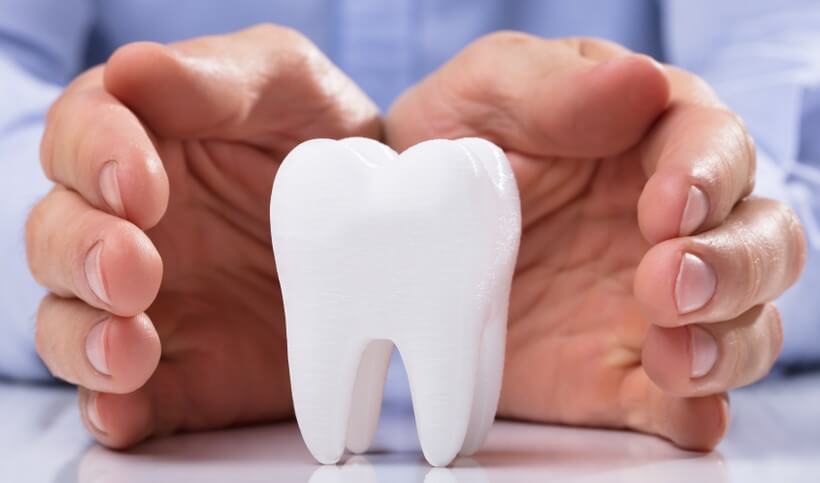How Does Dental Insurance Work?

Dental insurance covers teeth-related issues to help you maintain a great smile. While most policies are straightforward, you should know what is covered and how much you pay out-of-pocket. Depending on the insurance plan, the cover can include x-rays, dental sealants, cavity fillings, fluoride application, and regular dental procedures. But what else should you know about dental insurance?
Below is a brief overview of dental insurance, including how dental discount plans work.
How Does Dental Insurance Work?
Before getting a dental insurance policy, start with knowing the basics. With regular medical insurance, you pay a lower deductible and high monthly premium, but dental insurance and other dental discount plans work differently.
Fee-for-service dental insurance plans allow you to choose different providers. They come with a lower deductible, and the maximum coverage limit is usually higher. This is the best plan when you think you may go through a major procedure. You can also choose the Preferred Provider Organization plan. It allows you to pay a lower fee to see your preferred dentists. The plan is suitable for people who don’t need major dental work or full coverage dental insurance.
In the Health Maintenance Organization Plan (HMO), you pay for preventive services like x-rays and cleanings. The premium payments are lower, and there is no deductible. This plan is best if you don’t need a major dental plan in the future.
Most dental plans don’t cover reimburse for expensive procedures and preexisting conditions. A higher premium means the possibility of extensive coverage.
Group and Individual Dental Insurance Plans
Whether you’re buying a single policy or for the whole family, you should understand the coverage for each plan. In most cases, group policies are cheaper and offer more benefits. You may want to make some comparisons to understand the plans.
Cost of Dental Insurance

On average, dental insurance will cost $15-$60 per month for an annual limit of $ 1,000-$2,000. Unlike a medical insurance cover, a dental insurance plan will cut coverage after you reach the annual limit. For instance, some policies can cover 100% for filings, while others will cover 80%, leaving the policyholder to cover the balance.
The best dental insurance provides 100/80/50 coverage. This means that the insurance will cover the cost of x-rays, cleanings, and exams 100%. On the other hand, the 80% coverage includes procedures like periodontal work, fillings, and extractions. Finally, the major procedures like root canal, implants, crowns, and dentures are covered up to 50%. Very few plans will cover cosmetic care, so this is usually an out-of-pocket cost.
Is Dental Insurance Worth it?
The answer to this question will depend on your dental needs and financial situation. To get a better idea if you need this coverage or not, you should know the cost of dental care if uninsured. Teeth whitening can cost around $85, x-rays can cost up to $120, and a dental filling may be $150. Look at your annual dental care costs and compare them with insurance premiums.
As you do the cost-benefit analysis, calculate what your dentist charges for fillings, x-rays, cleanings, and routine care. Another thing to keep in mind is your overall dental health. If you have a history of dental problems, you should look for affordable dental insurance that will give you peace of mind.
Before you buy insurance, make sure your medical provider will accept the plan. Some have a waiting period, so the earlier you get coverage, the sooner you can enjoy the benefits.
Did you know that InsureOne offers Dental Insurance? Get a quick and free dental insurance quote today online or over the phone.




